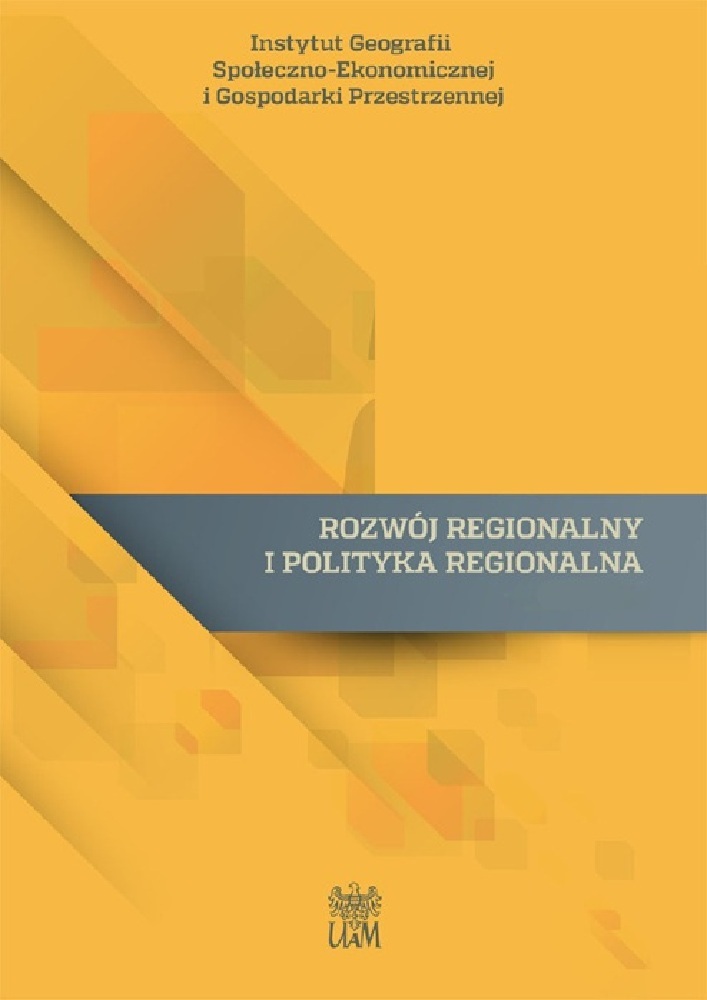Abstrakt
Cultural space revitalisation is a specific kind of city centre renewal. It especially aims at
improving a degradad urban structure in the aspect of spatial and social attractiveness. In the paper, the author deals with questions of directing a city centre revitalisation process in the right way. In author’s opinion it is needed to prove the necessity of the search for solutions to the current spatial problems within a city centre simultaneously considering some extra questions. Having reached the proper level of social and economic stabilization, other kinds of problems will be addressed subsequently. Therefore, it is necessary to think about the future right now, and programme long-term and interdisciplinary strategies for the city downtown development. In conlusion, it is essential to provide the right spatial politics to stimulate the realization of a compact city idea.
Bibliografia
Basset K. 1993. Urban cultural strategies and urban regeneration: a case study and critique. Environment and Planning A, 25: 1773–1788. DOI: https://doi.org/10.1068/a251773
Coca-Stefaniak A., Radominski S.M., Ryczek K. 2009. Urban revitalisation and town centre management in Poland: opportunities and challenges for the 21st century. Journal of Urban Regeneration and Renewal, 2, 3: 207–215. DOI: https://doi.org/10.69554/TDEE5963
Colantonio A., Dixon T. 2011. Urban regeneration & social sustainability: best practice from European cities. Chichester, West Sussex, UK, p. 8. DOI: https://doi.org/10.1002/9781444329445
Docherty I. 2001. Civic culture, community and citizen participation in contrasting neighbourhoods. Urban Studies, 38, 12: 2225–2250. DOI: https://doi.org/10.1080/00420980120087144
Evans G. 2003. Cultural planning: An Urban Reneissance. Taylor & Francis e-Library, p. 221. DOI: https://doi.org/10.4324/9780203459744
Hall P. 2000. Creative cities and economic development. Urban Studies, 37, 4: 639–649. DOI: https://doi.org/10.1080/00420980050003946
Lewis N., Graham C. 1992. Inner city regeneration: the demise of regional and local government. Open University Press, Philadelphia, p. 11.
Kavaratzis M. 2011. The dishonest relationship between city marketing and culture: reflections on the theory and the case of Budapest. The Journal of Town and City Management, 1, 4: 336–339.
Kunzmann K.R. 2004. Culture, creativity and spatial planning. Town Planning Review, 75, 4: 384–404. DOI: https://doi.org/10.3828/tpr.75.4.2
Newma T., Curti K., Stephens J. 2003. Do community-based arts projects result in social gains? A review of the literature. Community Development Journal, 38, 4: 310–322. DOI: https://doi.org/10.1093/cdj/38.4.310
Schneekloth L.H., Shibley R.G. 1995. Placemaking: the art and practice of building communities. John Wiley & Sons, New York, p. 1–18.
Licencja
Copyright
© 2013 IGSEiGP, Uniwersytet im. Adama Mickiewicza w Poznaniu
OPEN ACCESS
